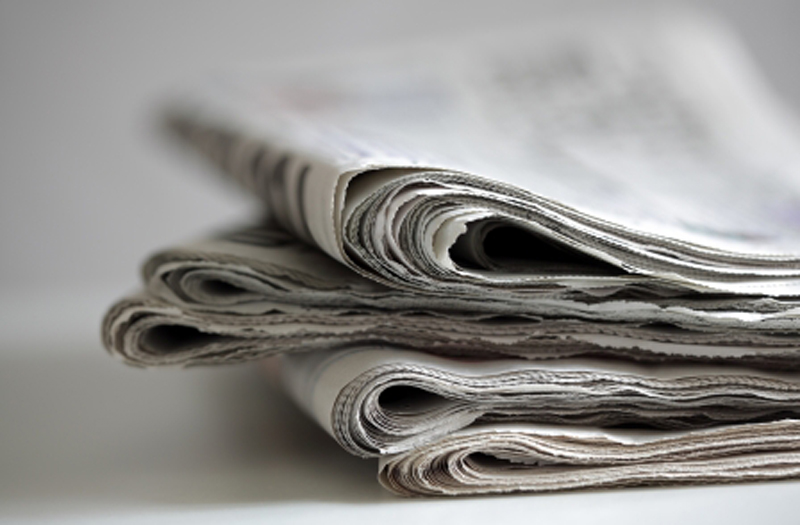171
Contributed by Columnist Dirk Ellingson
Compiled lists of activities once taken for granted and sorely missed during the pandemic quarantine invariably include visiting with friends, eating at restaurants, attending sporting events, seeing plentif



